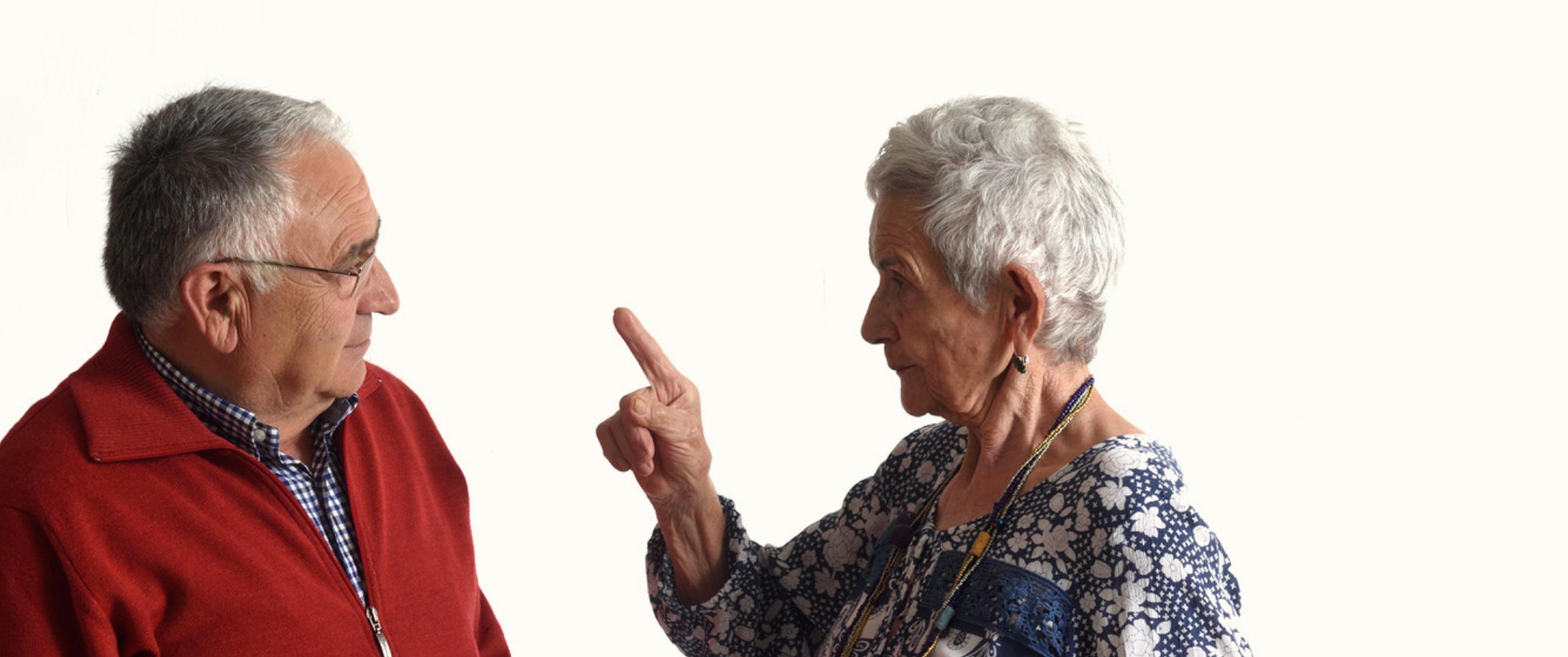Starve a Vampire, Donate Blood was an American Red Cross campaign developed in partnership with the television network CW. The goal of the program was two-fold; to promote CW’s ne…
Using funding from the CDC’s Putting Prevention to Work (CPPW) initiative, King County, Washington was able to address obesity and health inequality among youth in the community t…
Bike Smarts, a public education program in British Columbia, was introduced at Lochside Elementary School in 1996 as a way to educate students about bicycle safety and encourage t…
In an attempt to reduce the use of individual motor vehicles the Municipality of Århus created a plan to encourage residents to use methods of sustainable transportation such as b…
In 2009, Opower, an energy information software company, partnered with a Minnesota utility company to provide residential customers of the utility company with customized home en…
Developed by the non-profit SEI, California’s Energy Conservation Competition aimed to change behaviors around lighting, plug-loads, and mechanical systems by working with teacher…
Solarize first came to life in 2009 when a Portland resident interested in installing solar power recruited neighbors to join them in “going solar” to get a volume discount. Once …
Once known as Challenge for Change, the Love to Ride program was introduced in the UK by its creator Thomas Stokell to: (1) encourage more people to take up cycling and (2) encour…
Bologna’s Bella Mossa program explored how positive incentives could be used to encourage citizens to reconsider their travel choices, reducing the number of trips made in convent…
The Stockholm congestion charge was a tax levied on vehicles entering and exiting the inner city in an attempt decrease the number of trips made in private vehicles, ultimately re…



